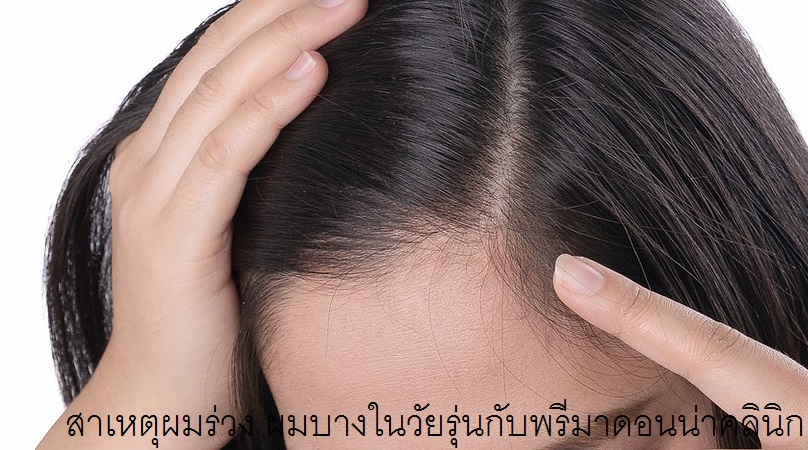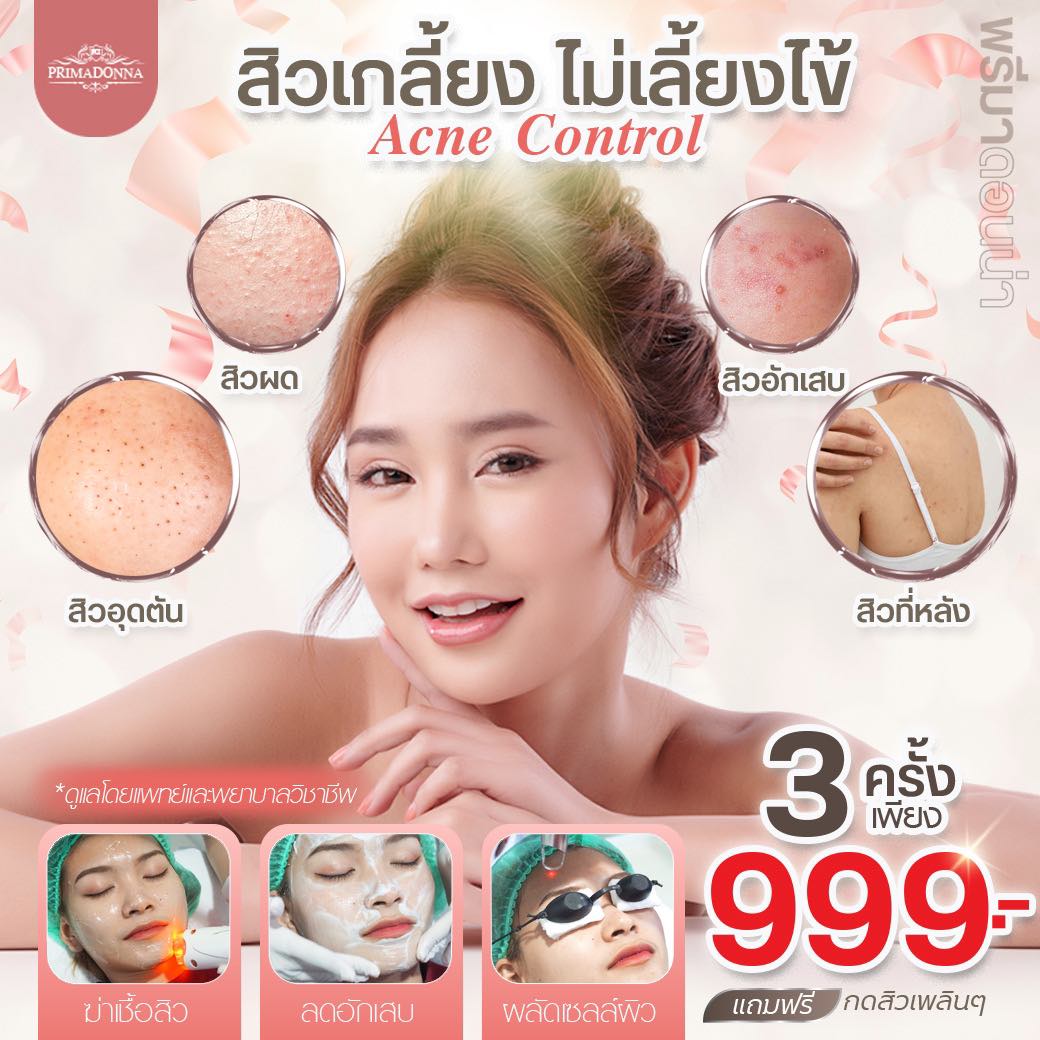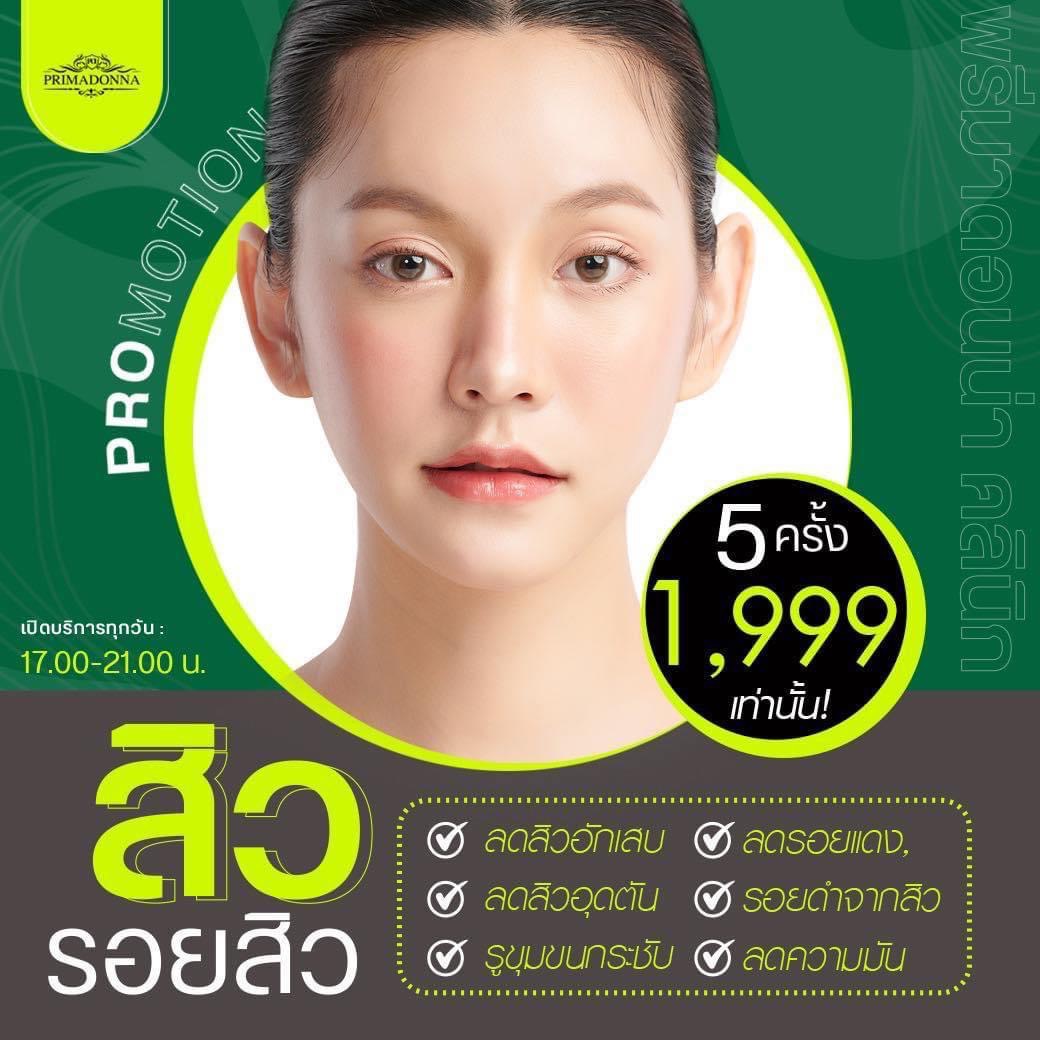
Tips to cover thinning hair
Thinning hair is a natural part of getting older. And men tend to lose their hair more quickly and more noticeably than do people of other genders.
Male hair loss is so common and normal that we ever refer to this as androgenetic alopecia, or male pattern baldness.
If you’re looking to cover up thinning areas of hair, here are some tips:
1. Wear a wig or toupee
A wig or toupee can cover large areas of thinning hair. It can be made of natural hair that matches your hair color.
2. Use scalp sprays
You can use a spray or colorants that match your hair and scalp color to fill in thinning areas of your scalp and reduce the appearance of thinning.
3. Try a crown weave
Ask your barber or hairstylist for a crown weave for thinning on the top of your head.
4. Play with your hairstyle
Try a hairstyle like a comb-over, slick-back, or pompadour to add volume and cover thinning areas in the back.
Here are some treatment tips to make your hair thicker or help follicles grow hair back more consistently.
5. Scalp massage
Gently put pressure around your scalp with your fingertips. This helps blood flow more easily to the follicles and promotes hair growth.
Try using castor oil to moisturize your hair and get your blood flowing at the same time. Both may help you grow more and thicker hair.
6. Essential oils
Try applying an essential oil, such as lavender or rosemary, to your scalp and hair to promote hair growth. Lavender oil has been shown to be somewhat successful in helping treat thinning hair.
Before applying the oil to your scalp, you’ll want to do a patch test to make sure you’re not allergic. You can do this by putting a small drop on your skin first and waiting 24 hours. If your skin turns red and itchy with hives, you may be allergic. Don’t use the oil if you see this reaction.
7. Shampoo
Try an anti-thinning shampoo that can add volume to your hair and nourish it and its follicles with vitamins and amino acids.
This can help bring nutrients and moisture to your scalp that can promote hair growth and follicle health.
8. Vitamins
Try a multivitamin rich with iron, folic acid, and zinc to ensure that hair grows back consistently thick and healthy.
Some other supplements that may help include:
Talk to your doctor before you take any new vitamins. There isn’t a ton of evidence that vitamin supplements will cause hair regrowth, and having too much of a specific vitamin can lead to other health issues.
9. Minoxidil (Rogaine)
Minoxidil (Rogaine) is a topical hair loss treatment that you apply to your scalp two times a day to help promote hair growth in thinning or balding areas.
Rogaine is approved by the Food and Drug Administration (FDA) for use at home, and there are plenty of studies proving that it can help.
Talk to your doctor first to make sure it will work for you, and to go over any diet or lifestyle changes you may need to make to help Rogaine work more effectively.
10. Prescription medications and treatments
Here are some medications for hair thinning and loss that your doctor may be able to prescribe:
11. Hair transplant
Talk to your doctor about a surgical hair transplant to graft new, healthy follicles onto your scalp.
This procedure should be a last resort if you want to completely refresh your hair growth. A hair transplant may not help everyone and can lead to scars or unnatural hair patterns if done incorrectly.




